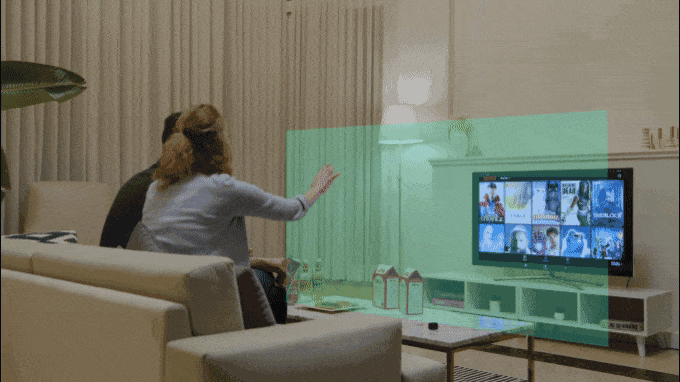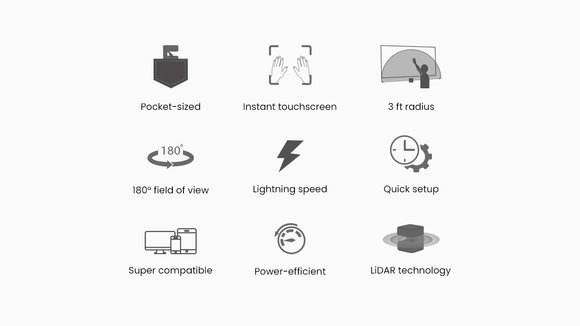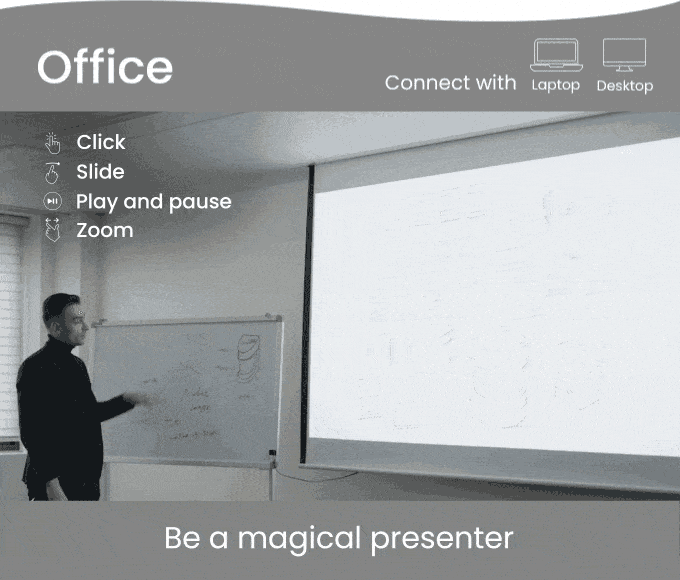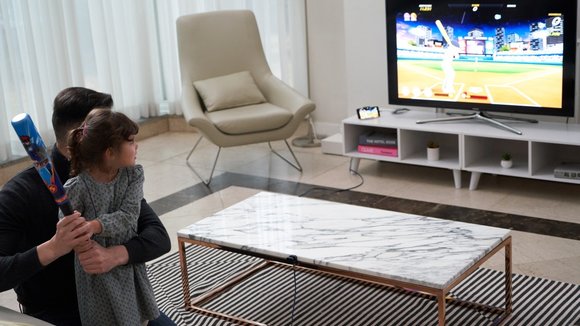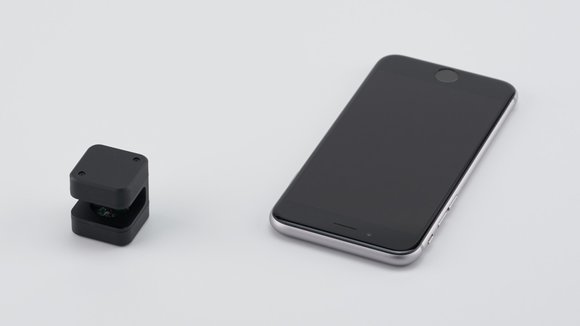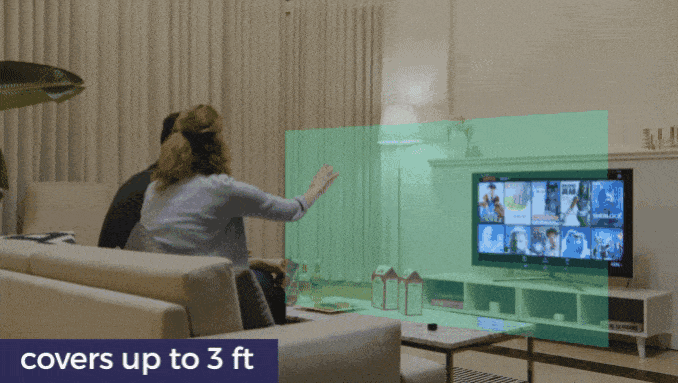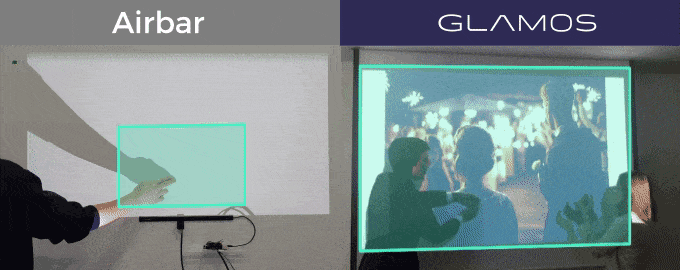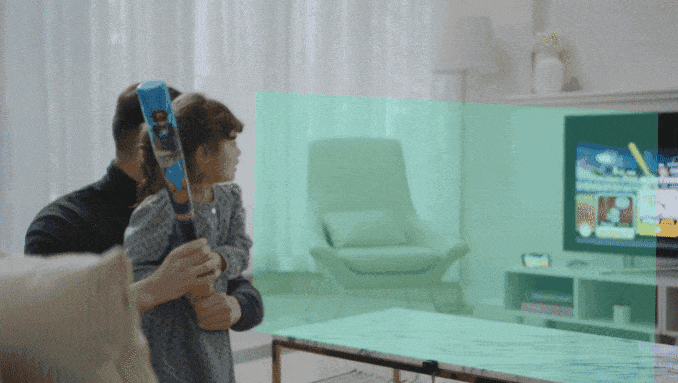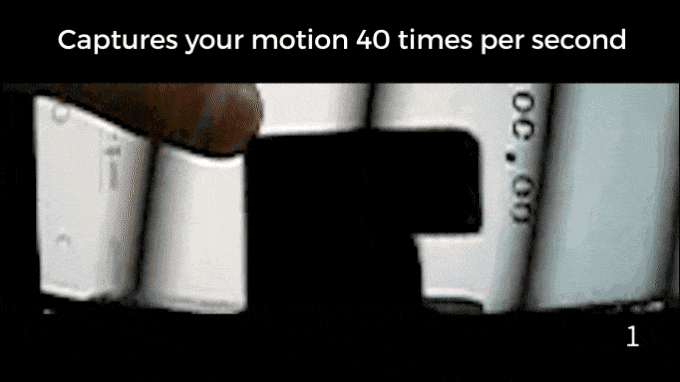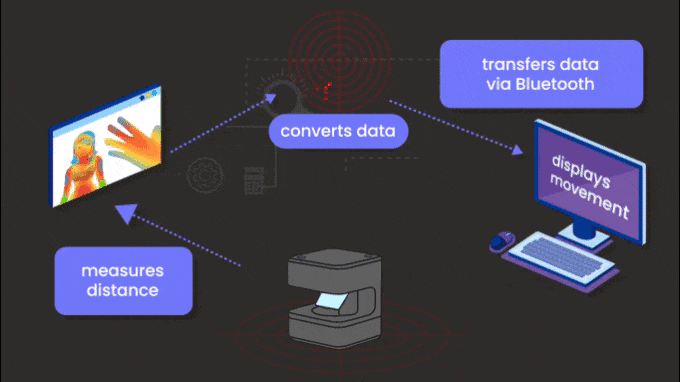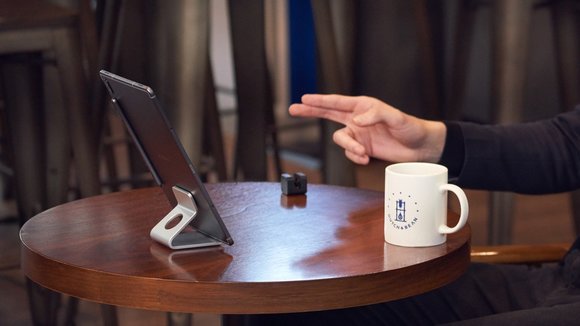1/20
This tiny LiDAR sensor lets you control your TV, laptop, or projector (or any display) with gestures
The Glamos promises a future where touchscreens (or any screens) don’t need to be touched anymore. It sounds a little counterintuitive, but the Glamos is a ridiculously tiny little device that creates a LiDAR field in mid-air that you can swipe through, sort of similar to how Tony Stark interacted with his holograms by simply pushing, pulling, swiping, and tapping at them. While we’re far from that future, Glamos offers us the next best thing by helping us interact with screens (even regular non-touch ones) by performing gestures in mid-air. You could effortlessly cycle through presentations by waving through the air, or you could frantically cut through fruits in a game of Fruit Ninja, or even browse through Netflix by swiping through the endless feed of thumb-nails. I imagine dating apps would work great with something like the Glamos.
The Glamos works by creating a motion-sensing field by rapidly firing a laser at a constantly rotating mirror (similar to the LiDAR used in self-driving cars). The device makes detections at the rate of 40 times per second, allowing you to register everything from swift swipes and quick taps with a good deal of accuracy. I wonder if it would work as accurately as an Apple Pencil on an iPad, but to be honest, that isn’t what the Glamos is about. What it’s offering is universal gesture-based control that works with practically any device.
Designed to be bafflingly tiny (it’s barely the size of a fidget-cube), the Glamos can work with practically any display. Available in wired as well as Bluetooth formats, the Glamos can be connected to your laptop, TV, or even a projector. The makers say that the device even possesses the ability to scale its motion-sensing zone to the size of the screen it connects to, so your taps and swipes are accurately registered in the right places, all with a fraction of the energy consumption that motion-detectors like the AirBar or the Leap Motion Controller can take… and it ultimately promises a future where interactions with digital interfaces is more effortless, intuitive, and transparent. You don’t need to grab a mouse and maneuver a cursor, click, or scroll anymore… and that makes it incredibly useful in a wide variety of cases, from being able to scroll through recipes while your hands are dirty, to presenting at meetings with style and clarity, to discovering new ways to play games or make music, to even giving disabled users the power and freedom to easily perform digital tasks. Besides, if you’re not swiping through Tinder profiles in mid-air, are you even living in the year 2020??
Designer: Charles Lee of GLAMOS Coredar
Hurry, less than 48 hours left! Raised over $350,000.
Designed by ex-Samsung engineer, Glamos uses LiDAR tech to turn any screen into a fully interactive touch screen.
Glamos is a motion sensor that creates a virtual touchscreen anywhere. Connect it with your device and turn your screens instantly interactive. Project an invisible touchscreen near you and control a device that’s far away from you.
Bring this 1.5″ device anywhere.
Senses your motion within 3 ft of radius.
Most other sensors detect motions within a small range, Glamos automatically scales the size of the virtual touchscreen. The screen can be as small as your smartphone screen OR as big as 6 x 3 ft just like the one above.
Check out how you can use Glamos to create a touchscreen on different surfaces.
Project a virtual touchscreen literally anywhere you want: on your wall, on the air, on a whiteboard – you name it!
Most sensors that use a camera can only capture a limited range of motion. Glamos can scan all directions without any limitations because it uses a rotating mirror module instead of a camera.
Glamos operates at 40Hz or 40fps, meaning its mirror module rotates and captures your motion 40 times per second. This allows your screen to respond to your movement as rapidly as possible- on laptops, you’ll feel like your hands are an extension of your mouse cursor.
Glamos uses its rotating mirror module to scan its surroundings. It measures the distance between the objects and itself, transforms the data into a touch coordinate, and sends the coordinate to a display screen (like your smartphone or laptop).
LiDAR sensors are widely used in self-driving cars. Check out the video above.
Hurry, less than 48 hours left! Raised over $350,000.
发布于2020-10-22
设计师
Charles Lee of GLAMOS Coredar
颜色
相关推荐

